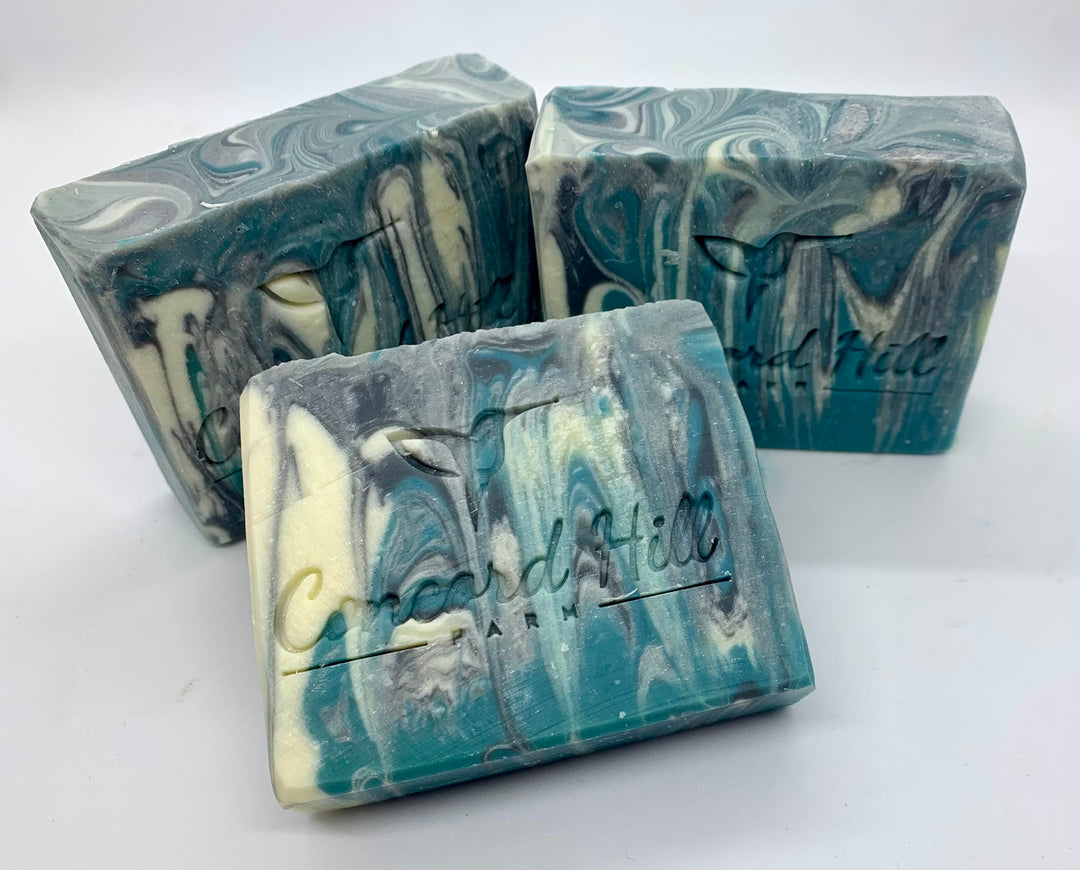
Tea Tree and Peppermint Soap
No reviews
Mildly mentholated and utterly refreshing! We tested this bar at a few holiday markets and it was the fastest selling soap we have ever created. This is a good morning, rise and shine kind of clean. Look for it to become a staple in our handcrafted repertoire!
Ingredients: Grass-fed tallow, virgin organic coconut oil, olive oil, organic avocado oil, apricot kernel oil, castor oil, cocoa butter, menthol, peppermint and tea tree essential oils.

